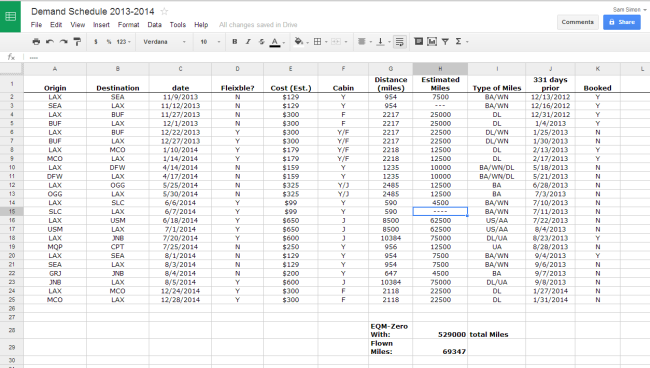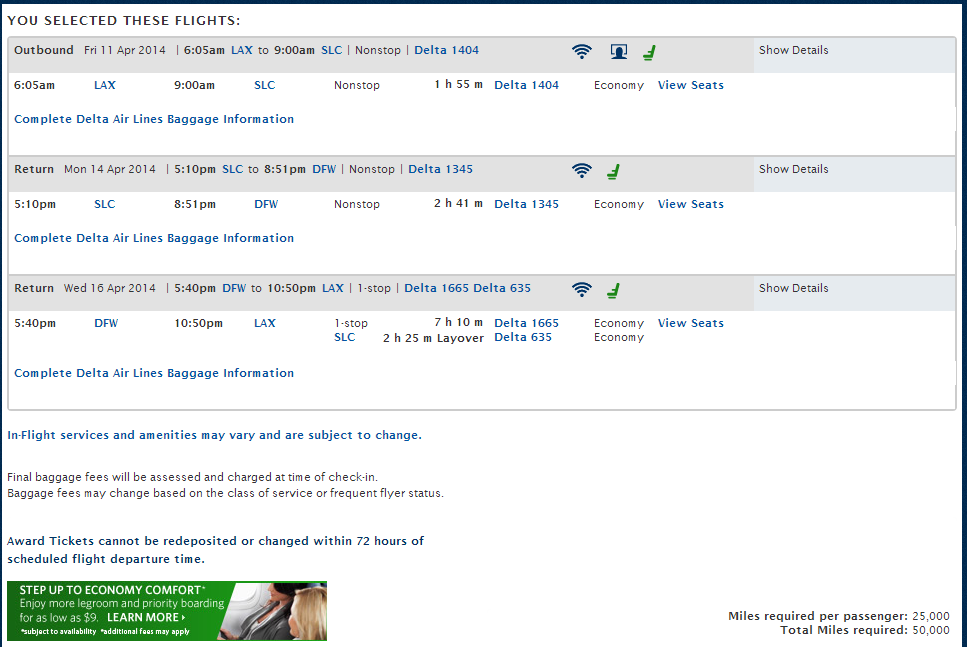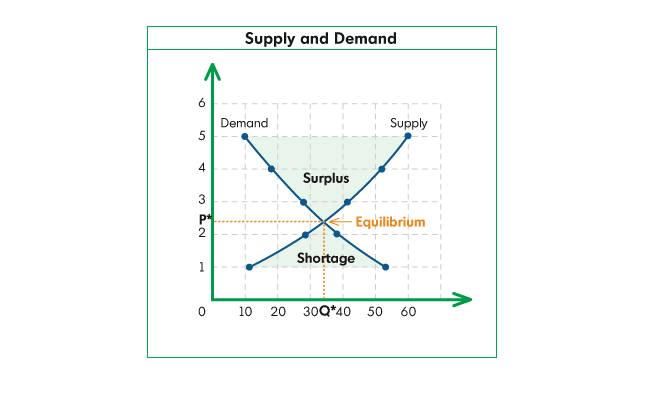I’ve talked about Demand schedules for a few months now–introducing them as a part of “The Law of Supply and Demand of Miles.” Today we’ll dedicate this post entirely to what a demand schedule looks like, and then for the next few days we’ll use that demand schedule to discuss how to approach other aspects of Milenomics.
I won’t get too into why you need a demand schedule in this post–but it is a cornerstone of Milenomics. Using a demand schedule lets you know the number of miles you need to reach an equilibrium between your demand and supply of miles.
Starting off without clear goals to use your miles for is a surefire way to end up with lots and lots of miles you have no use for. Miles you don’t spend are miles you waste. Instead of earning miles without a clear plan you should first put together your demand schedule and then earn around it.
The Basics of A Demand Schedule
The basic elements of a demand schedule are:
- Destination (as one-way segments)
- Date of travel
- Class of Travel
- Flight Distance
- Estimated Mileage Needed
- Programs that work well for the flight
- 331 days prior: the soonest you can search for awards

Once you’ve saved your copy, feel free to add/remove columns as you see fit–you may want to have a column for each mileage program, so you can see that a flight will cost you 12,500 AA miles, 4,500 avios, 5200 WN RR, etc.
Another useful column might be Airlines who fly the route nonstop–so you could focus on flying only nonstop carriers. As you can see I’ve included in this a calculator of how many miles you need, and how many flown miles you will be taking. The calculation of miles needed is not broken out by program–but rather just an estimate of what you need to reach EQM-Zero over the course of the demand schedule.
You can also estimate this number needed by taking the flown miles and multiplying by 7–what Milenomics calls “The Rule of 7.” When you include flights in Business and First as I have the Rule of 7 doesn’t always apply as neatly; another reason you’ll want a detailed demand schedule.
Update Your Schedule as Travel Plans Come Up
As you read about somewhere you’d like to go, add that flight to your demand schedule. The more complete the schedule, and the more detailed it is, the better you’ll be able to use the Hybrid System to save miles on your domestic flights, and free one ways to save miles on your international flights.
When you update the schedule remember to re-sort it by date. Keeping the schedule in chronological order is important, as is keeping track of what dates are flexible and which aren’t. If you want to go somewhere to celebrate a birthday obviously that trip is less flexible than if you’re just taking a trip some weekend to visit friends. It is this flexibility that we use to save miles.
An example on my schedule would be the LAX-DFW-LAX and LAX-SLC-LAX flights (row 10/11 and 14/15). I know that Delta flys LAX-SLC-DFW, and allows a stop in SLC. Are my dates flexible enough to make this happen as one tip? Possibly– I could push the SLC trip up to early April–and then fly LAX-SLC (stop) spend a few days there, and then SLC-DFW destination, and fly back DFW-SLC-LAX.

Linking those two trips allows me to take them both for 25,000 DL miles. I’m not sure what I’m going to do about these two trips just yet (as well as that OGG trip in the schedule) I’ll keep you updated as I finalize any/all of these plans to show my thought process.
Ultimately you need to combine your demand schedule and your route maps, and once you do (and include routes to/from hubs) you can see that my only option is not that LAX-SLC-DFW:
I could combine a trip to Seattle for the upcoming Seattle Sessions with the SLC trip (WN does LAX-SLC-SEA), as well as many other possible combinations. There’s significant overlap with just these domestic flights–and I’m sure more will come up as my travel plans firm up more for next year. Throw in my international flights–and the possibilities quickly multiply.
Why A Demand Schedule is Important
You should be doing the heavy lifting before you need to fly and before you need to earn your miles. Knowing you want to go somewhere, and earning the miles for it is a good strategy. But holding large mile balances with no destinations in mind is bad. We should use our miles to their fullest potential, and then switch to earning cash back once our demand schedule looks pretty much taken care of.
Having a clear demand schedule lets you do research ahead of time–sometimes far ahead of time, to answer important questions:
- Which miles offer the best flexibility to get to my destinations?
- Which cost the least (in miles and money?)
- Can I consolidate this and another trip and use less miles?
- How and when will I earn the miles for this trip?
- When should I be searching and booking seats?
All too often we start at the end: “I want to go to XYZ in a few months, what cards should I apply for now to do so?” You need a minimum of 3 months just to earn the miles from a sign up bonus. Knowing you want to go somewhere over winter break, and starting now is just too late. The thing to remember is that a demand schedule helps organize your travel, and gives you a place to start your research for award flights.
Try inputting just the few flights you know you’ll take in the next 12 months–and go from there. Start small, building a habit of putting your flights into your demand schedule as you decide to take them. The benefits are saving miles, and money in the long run.





Quite simply, you rock. Love the economic view into the points and miles game. Fabulous.